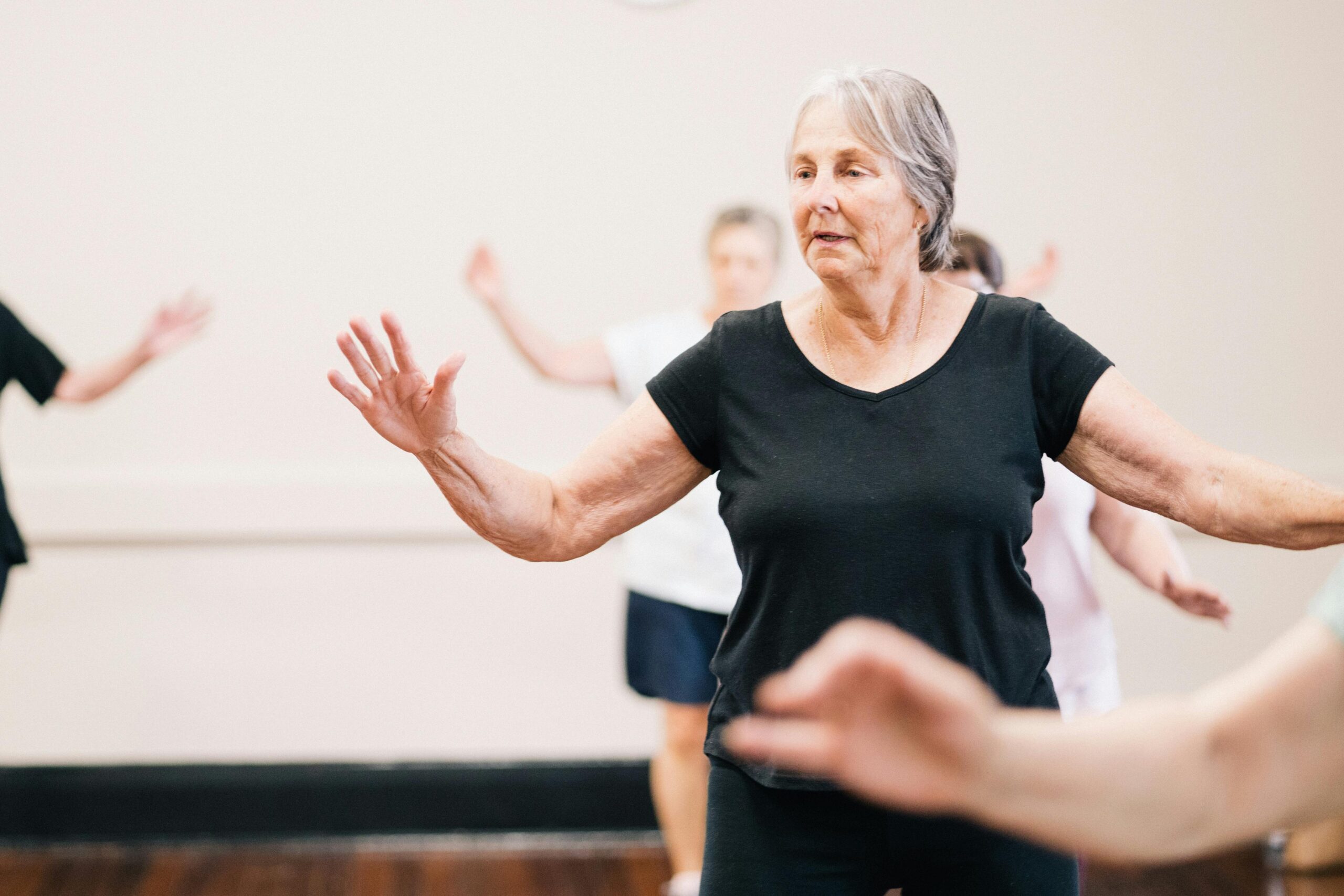You know those moments when something finally clicks?
Like when you realize the thing you’ve been doing over and over… just isn’t working the way you hoped?
That was the case with one of my clients—a strong, active woman in her early 50s. She came in for her usual water workout and casually mentioned, “My balance feels like it’s getting worse.”
Then she said, “Look—see?” and lifted one foot. Two seconds later, she was wobbling.
“I practice this every time I work out,” she told me. “I always stand on one leg.”
So why wasn’t she getting better?
Most Balance Exercises Miss the Mark

Here’s the thing: doing the same movement the same way—over and over—doesn’t always lead to progress. Especially with balance training.
She was committed. She was consistent.
But she needed a different kind of challenge.
That’s where Six-Directional Balance Training comes in.
What Is Six-Directional Balance Training?
Balance isn’t just about standing still. It’s about how well your body can sense and respond to movement—especially unexpected shifts.
Real-life balance demands that your body adjust in all six directions of motion:
-
✅ Forward
-
✅ Backward
-
✅ Right
-
✅ Left
-
✅ Rotate right
-
✅ Rotate left
Most people only train one or two of these. But when you move in all six, your body learns to stay stable—even during twists, turns, and transitions.
That small shift changed everything for my client.
She gained confidence. And strength.
And her balance improved—fast.
Try This: Simple Balance Exercises in 6 Directions
Here are two go-to balance drills you can try at home (or in the pool):
Exercise 1: Step and Pivot (for mobility)
Stand on one leg. Use a wall or rail for support if needed.
Move your free leg in six directions:
-
Forward and back (5–10x)
-
Right and left (5–10x)
-
Rotate right and left (5–10x)
Exercise 2: Leg Swings (for stability)
Same position as before. This time, keep your moving foot off the ground and swing it through the same six directions.
Focus on slow, controlled motion.
Feel it, don’t force it.
➡️ Want to see these moves in action?
Watch this video: Body Talk for Better Balance
The Result? 400% Improvement in 5 Minutes
Not kidding—after trying this, my client tested her one-leg stand again and held it for 8 seconds. Up from 2. That’s a 400% improvement.
Not because she tried harder—but because her body was finally learning how to recognize imbalance and respond in real time.
It wasn’t magic. It was movement that makes sense.
Controlled challenge. Functional feedback.
That’s how real balance is built.
What This Means for You
If your balance feels off—or you’re doing all the “right” exercises but not seeing change—don’t blame your body.
Blame the method.
Balance, like strength and mobility, improves when you train it in ways that feel right for you.
That’s what we do inside Wavemakers:
We personalize workouts based on how your body actually moves.
So you feel stronger. More stable. And confident doing the things you love.
👉 Ready to build real-life balance that lasts?
Join me inside Wavemakers and experience the difference for yourself.
